Engineers have completed the last of 21 connections with the new 25km Thames Tideway Tunnel.
The project is not yet fully complete, as it will still need to be tested in storm conditions over the coming months.
It is being hailed as a major civil engineering success. Originally, the project was due to be completed by 2024 at an outturn cost of £3.5bn.
The impact of Covid pushed the project back to 2025 with the outturn cost now set to be £5bn.
Under its pioneering Regulated Asset Base model the developer’s construction risk is shared with consumers, a financing model that will now be used to deliver the Sizewell C nuclear power station.
Tideway CEO Andy Mitchell said: “This is another significant step forward – with this final connection complete, the super sewer is fully up and running and protecting the Thames.
“Our next step is to test it in storm conditions – which is why we are keeping a close eye on the weather – and we will do this over the coming months.”
He added: “We are at the start of a new chapter for London and its river. Our mission has always been about creating not just a tunnel, but a healthier, thriving environment for the river and its inhabitants.”
Work on the project began in 2016 – with activity taking place at two dozen construction sites from Acton in west London to Abbey Mills Pumping Station in Stratford, east London.
More than 20 deep shafts – some as wide as the dome of St Paul’s Cathedral – were constructed across London to divert sewage flows and to lower tunnelling machines into the ground.
The first of these giant machines started work deep beneath London in 2018, with primary tunnelling on the 25km main tunnel and two smaller connection tunnels completed in 2022.
By the autumn of 2023, a secondary tunnel lining was fully complete on all the tunnels, with the heavy civil engineering work then completed in the spring of 2024.






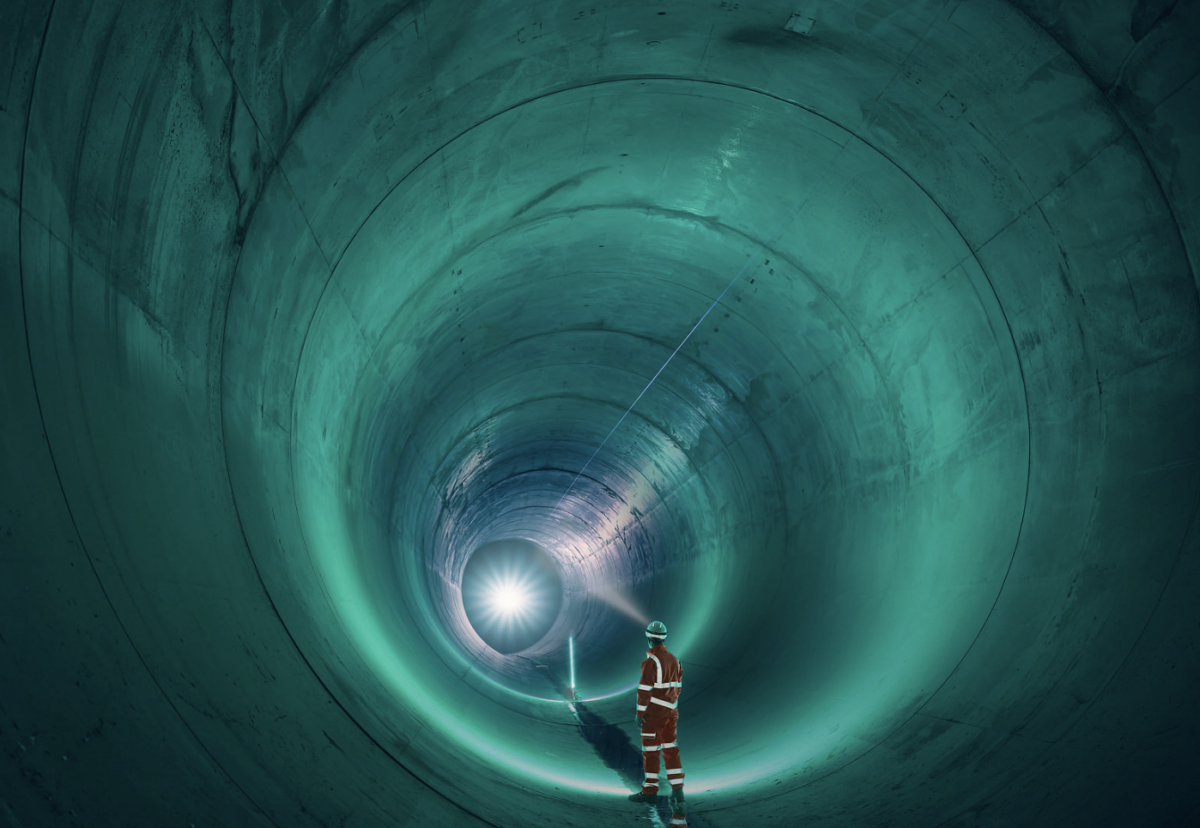


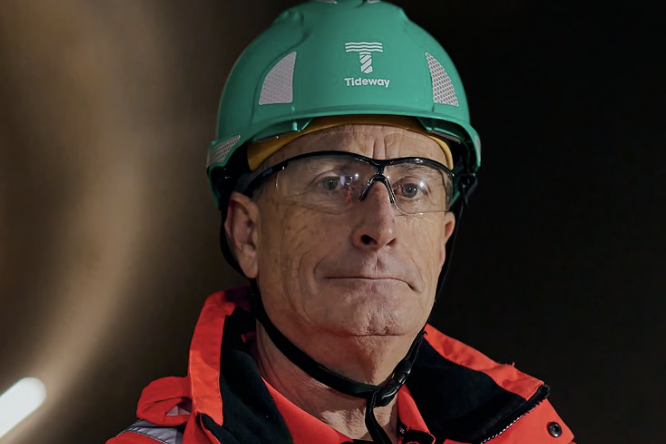

 (300 x 250 px).jpg)



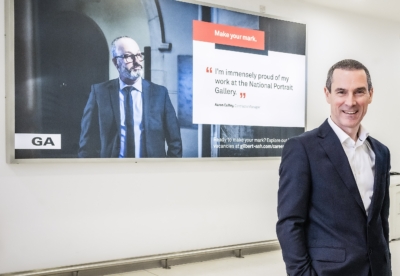
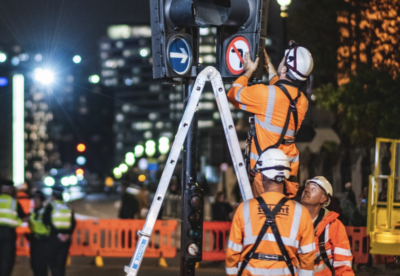









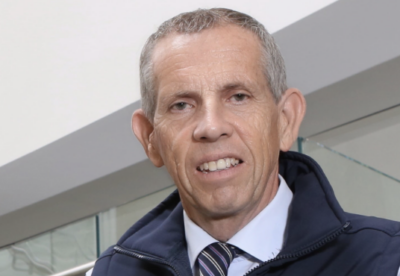










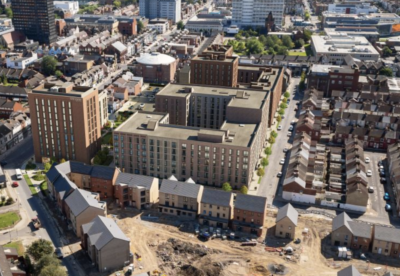


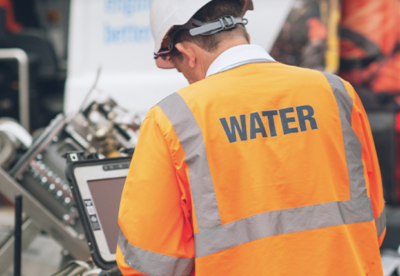



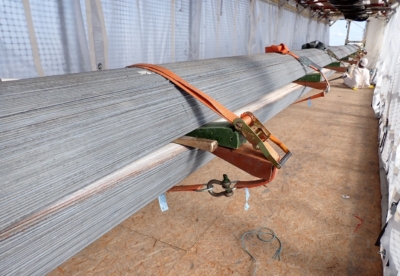





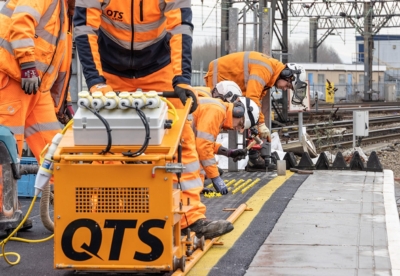






.gif)
